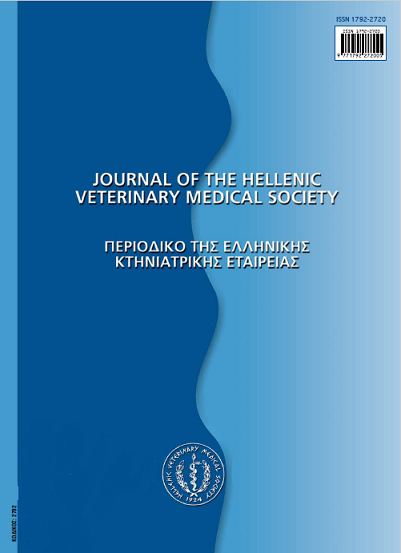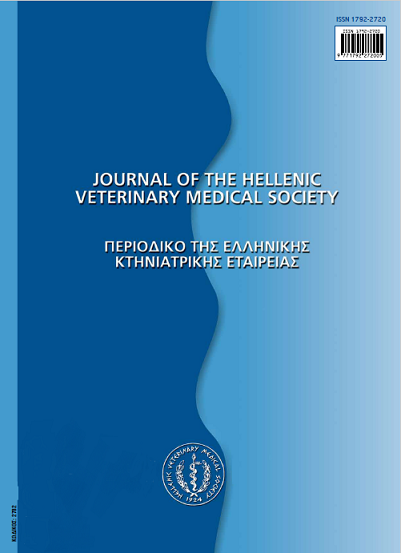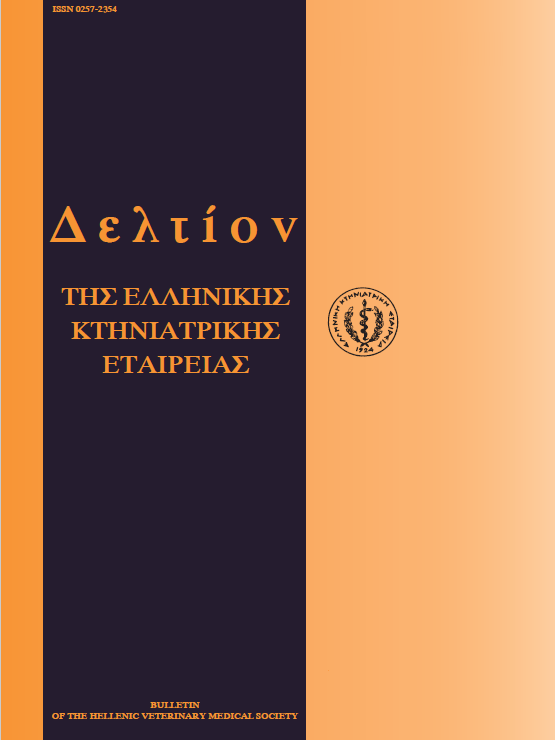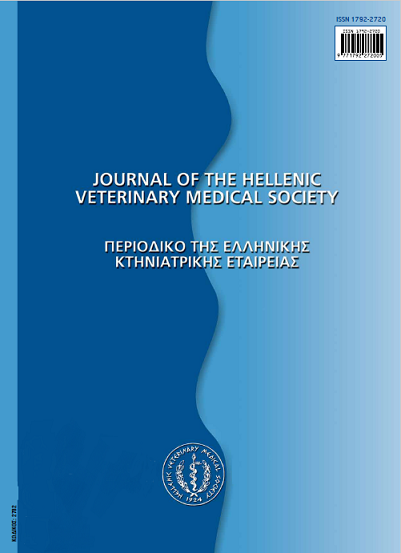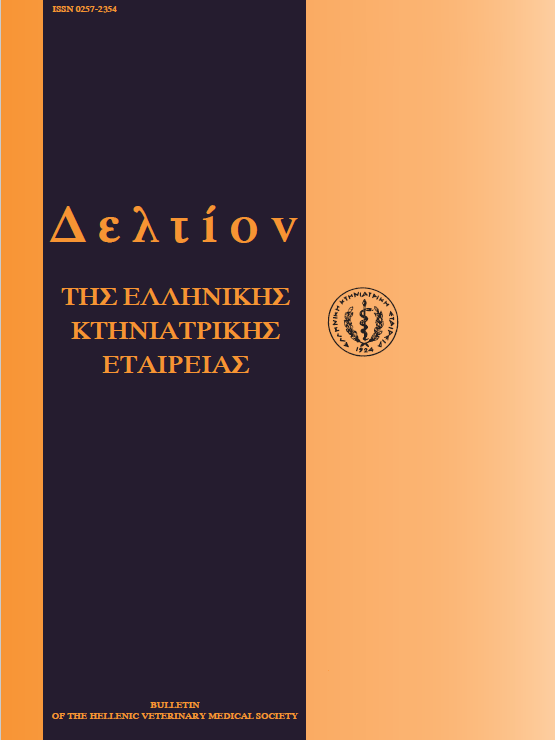Mycotoxicosis of swine. Metabolism and toxicokinetics of their causative mycotoxins
Résumé
Mycotoxins are secondary metabolites produced by fungi of various genera, when they grow on agricultural products, especially grains which are mainly used as pig ratios' raw materials, before or after harvest or during transportation or storage. Mycotoxins affect up to 25% of the world's crop production causing extensive economical losses globally. The mycotoxins, which are of high significance for swine populations and are usually found in higher concentrations in swine feed raw materials (cereals, such as corn, barley etc.), are: aflatoxins and especially aflatoxin Bl 5 trichothecenes and principally deoxynivalenol (DON), zearalenone (ZEN), ochratoxins and particularly ochratoxin A (OTA), fumonisins and mainly fumonisin Bj. The fate of a toxin after consumption via feed by pigs depends upon the extent and rate of its absorption, its distribution, its binding or localization in tissues, its biotransformation and its excretion processes, including transmission in swine-derived food products. The rate of each of these events, which contributed to both pharmacokinetics and pharmacodynamics of the toxin, is determined by the chemical and physical properties of the compounds and by interaction with tissue responsible of metabolism or elimination. The aim of this review is to emphasize on the basic stages of the metabolism and the pathways of the toxicokinetics of certain mycotoxins. Moreover, the most frequent clinical signs seen in pigs, due to the most important mycotoxins occurring in swine farms, are pointed out.
Article Details
- Comment citer
-
TASSIS (Π. Δ. ΤΑΣΣΗΣ) P. D., ALEXOPOULOS (Κ. ΑΛΕΞΟΠΟΥΛΟΣ) C., KRITAS (Σ. Κ. ΚΡΗΤΑΣ) S. K., TZIKA (Ε. Δ. ΤΖΗΚΑ) E. D., SAOULIDIS (Κ. ΣΑΟΥΛΙΔΗΣ) K., & KYRIAKIS (ΚΥΡΙΑΚΗΣ Σ.Κ.) S. C. (2017). Mycotoxicosis of swine. Metabolism and toxicokinetics of their causative mycotoxins. Journal of the Hellenic Veterinary Medical Society, 56(4), 325–338. https://doi.org/10.12681/jhvms.15092
- Numéro
- Vol. 56 No 4 (2005)
- Rubrique
- Special Article
Authors who publish with this journal agree to the following terms:
· Authors retain copyright and grant the journal right of first publication with the work simultaneously licensed under a Creative Commons Attribution Non-Commercial License that allows others to share the work with an acknowledgement of the work's authorship and initial publication in this journal.
· Authors are able to enter into separate, additional contractual arrangements for the non-exclusive distribution of the journal's published version of the work (e.g. post it to an institutional repository or publish it in a book), with an acknowledgement of its initial publication in this journal.
· Authors are permitted and encouraged to post their work online (preferably in institutional repositories or on their website) prior to and during the submission process, as it can lead to productive exchanges, as well as earlier and greater citation of published work.




